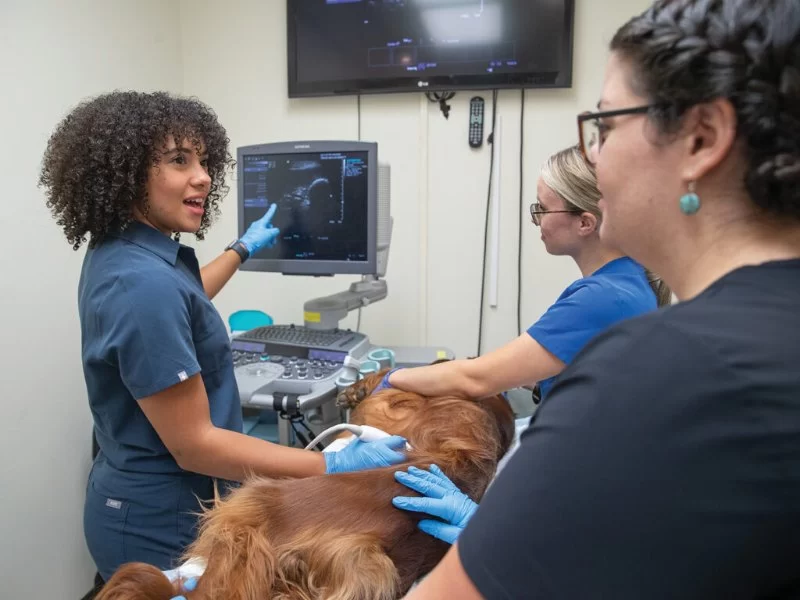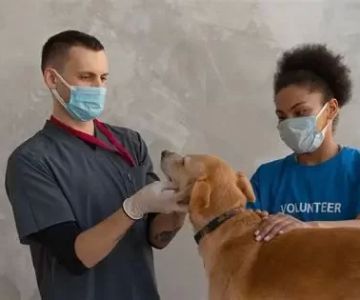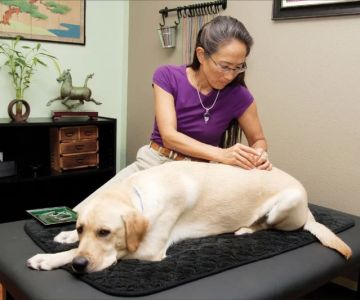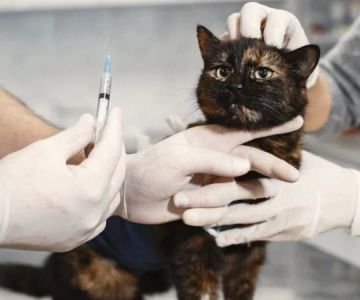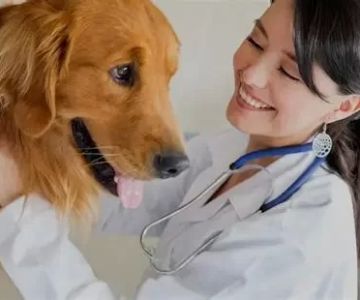How to Become a Veterinary Radiology Technician: Career Path, Education, and Certification
- what-is-a-veterinary-radiology-technician - Understanding the Role of a Veterinary Radiology Technician
- education-requirements-and-pathways - Education Requirements and Pathways to Enter the Field
- certification-and-training - Certification, Licensing, and Hands-On Training
- daily-life-and-responsibilities - Daily Life and Core Responsibilities on the Job
- real-life-story-and-insight - Real-Life Story: From Vet Tech to Radiology Specialist
- career-opportunities-and-salary - Career Opportunities, Workplaces, and Expected Salary
- recommended-tools-and-courses - Recommended Tools, Courses, and Resources for Success
Understanding the Role of a Veterinary Radiology Technician
Curious about how to become a veterinary radiology technician? Let’s start by defining the role. A veterinary radiology technician is a specialized vet tech trained to use imaging tools such as X-rays, CT scans, and MRIs to help diagnose injuries or illnesses in animals. These professionals work closely with veterinarians and radiologists to provide critical insights that impact treatment plans. It’s a blend of technical knowledge, animal care, and medical science.
Education Requirements and Pathways to Enter the Field
The journey begins with becoming a licensed veterinary technician. Most aspiring techs enroll in a two-year Associate’s degree in Veterinary Technology accredited by the AVMA (American Veterinary Medical Association). While some may start with a general vet tech program, those eyeing radiology should focus on schools that offer elective imaging modules or partner with diagnostic labs for hands-on practice.
Some universities even offer Bachelor's degrees that include advanced coursework in diagnostic imaging—this can be a competitive edge when applying for radiology roles.
Certification, Licensing, and Hands-On Training
After graduation, you’ll need to pass the VTNE (Veterinary Technician National Exam) to become certified or licensed, depending on your state. But here’s where it gets more specialized: to become a veterinary radiology technician, most professionals pursue additional certification through the American Society of Veterinary Radiologic Technicians (ASVRT).
This typically involves 6,000 hours of practical veterinary imaging experience, plus passing a specialty exam. It's not easy—but it's worth it. You'll gain deep expertise in techniques like fluoroscopy, digital radiography, and ultrasound.
Daily Life and Core Responsibilities on the Job
Every day looks a little different. One morning you might be calming a nervous Golden Retriever while prepping for an abdominal ultrasound, and that afternoon, you could be working alongside a board-certified radiologist reviewing spinal X-rays of a paralyzed cat. It’s a hands-on, emotionally rewarding job—but also technically demanding. Safety is crucial, especially when dealing with radiation exposure and large animals under sedation.
Real-Life Story: From Vet Tech to Radiology Specialist
Take Amanda C., for example. She started as a general vet tech in a small practice in Ohio. After witnessing how powerful imaging could be in saving lives—like the time they found a hidden tumor in a Labrador with an X-ray—she decided to specialize. She enrolled in online radiology courses while working full-time, eventually earning her ASVRT certification. Today, Amanda leads the imaging department at a referral hospital and mentors new techs entering the field.
Career Opportunities, Workplaces, and Expected Salary
Veterinary radiology technicians are in demand across specialty animal hospitals, research labs, universities, and diagnostic imaging centers. With certification and experience, your earning potential increases significantly. Entry-level vet techs may start around $35,000/year, but radiology techs can expect salaries between $50,000 and $70,000 annually depending on region and specialization. Those working in high-end animal hospitals or research facilities can earn even more.
Recommended Tools, Courses, and Resources for Success
If you’re serious about pursuing this path, invest in quality education and gear. Recommended tools include radiation dosimeters, digital image viewers, and anatomy reference guides. For online courses, platforms like Penn Foster, VetMedTeam, and Purdue’s distance learning programs are reputable. You can also join professional communities like the Veterinary Support Personnel Network (VSPN) or follow industry leaders on LinkedIn for continued learning.
Remember, how to become a veterinary radiology technician isn’t just about checking boxes—it’s about growing into a career that combines compassion with precision. If you’re passionate about animals and intrigued by medical imaging, there’s never been a better time to start.
Ready to take the next step? Explore our curated list of online training courses and get started on your veterinary radiology technician journey today. Your future in animal healthcare awaits!

